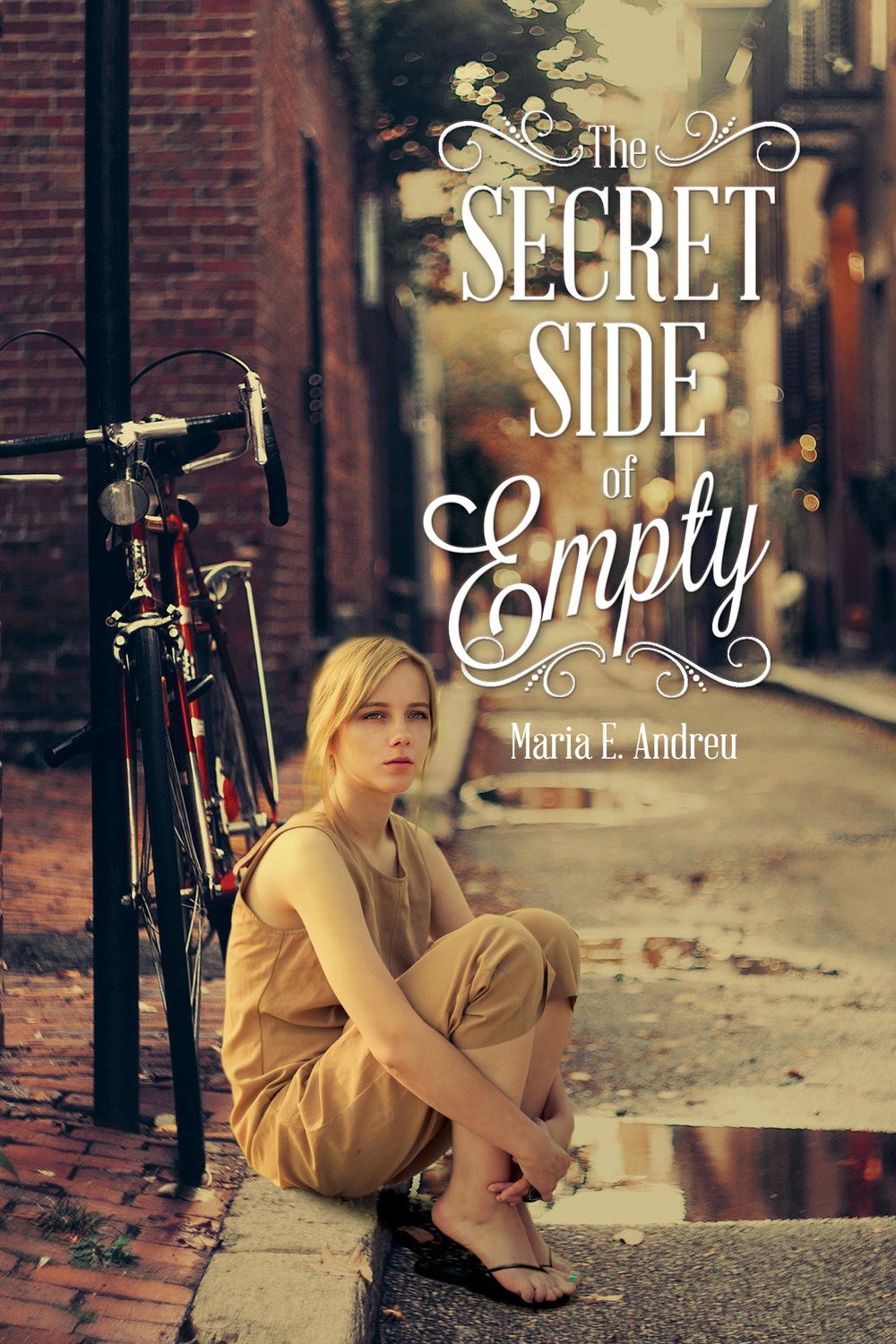A Discussion Guide Discussion
 Suitable for all genres, Discussion Guides serve to guide understanding of not only the text, but its emotional connection with the reader. They contain interesting, probing, and enlightening questions that get the reader thinking and talking. These guides and be quite short, perhaps ten or so questions long, or can be several pages in length, depending on the needs and intent of the publication. Quite often the questions posed serve as effective writing prompts, leading to a deeper study of a variety of topics.
Suitable for all genres, Discussion Guides serve to guide understanding of not only the text, but its emotional connection with the reader. They contain interesting, probing, and enlightening questions that get the reader thinking and talking. These guides and be quite short, perhaps ten or so questions long, or can be several pages in length, depending on the needs and intent of the publication. Quite often the questions posed serve as effective writing prompts, leading to a deeper study of a variety of topics.
When a reader connects with the story, they are more likely to be led through analysis of all sorts of literary elements. Character motivation can be closely considered. Plot twists can be pointed out. Structure can be scrutinized. Voice and point-of-view can be made visible. In short, Discussion Guides keep kids and teachers talk-talk-talking about a book—an author’s and librarian’s dream.
 The Discussion Guide created for The Secret Side of Empty is an example of an in-depth guide, which works perfectly for this fascinating YA. In it, the protagonist struggles with the limitations her illegal status brings. She cannot go to college. She cannot work. The forecast for her life after high school is ‘empty.’ And so, she emotionally drops out. She drinks, experiments with drugs, and contemplates suicide. Much fodder for deep discussion, don't you think?
The Discussion Guide created for The Secret Side of Empty is an example of an in-depth guide, which works perfectly for this fascinating YA. In it, the protagonist struggles with the limitations her illegal status brings. She cannot go to college. She cannot work. The forecast for her life after high school is ‘empty.’ And so, she emotionally drops out. She drinks, experiments with drugs, and contemplates suicide. Much fodder for deep discussion, don't you think?
In-depth writing prompts have been added to this Discussion Guide, as well. Students are asked to express themselves through short narratives, informative essays, and opinion pieces. While not all Discussion Guides include specific prompts such as these, the well-developed questions in most can be utilized in this way.
 And, yes, the questions and writing prompts for this Discussion Guide created for The Secret Side of Empty have been aligned with the Common Core State Standards. This not only validates the acts of questioning, discussion, and written expression, the alignment will hopefully help Maria Andreu's great work find a lasting place on the curriculum shelf. That's the goal, right?
And, yes, the questions and writing prompts for this Discussion Guide created for The Secret Side of Empty have been aligned with the Common Core State Standards. This not only validates the acts of questioning, discussion, and written expression, the alignment will hopefully help Maria Andreu's great work find a lasting place on the curriculum shelf. That's the goal, right?

